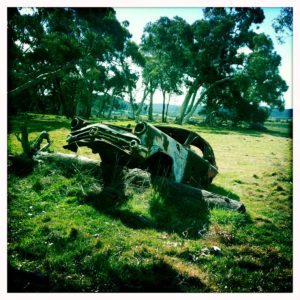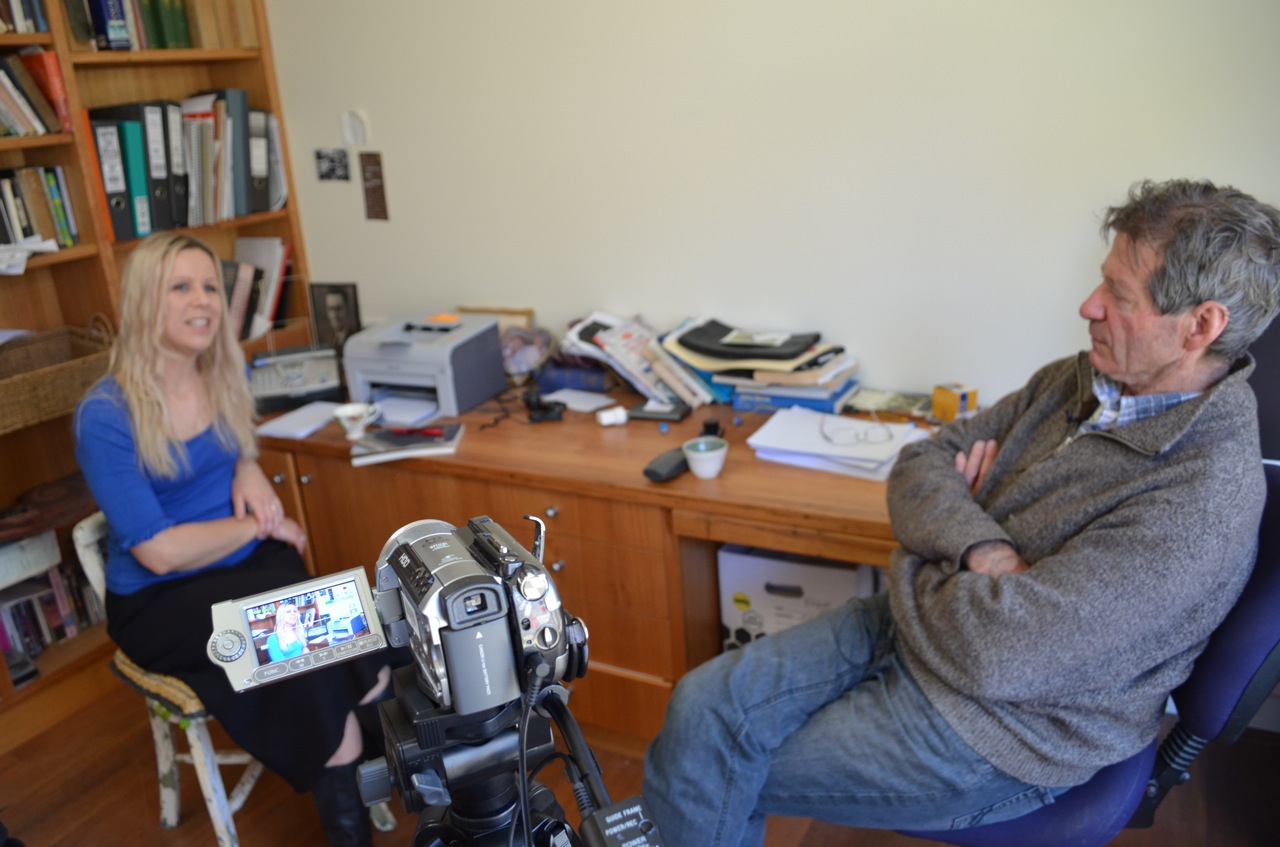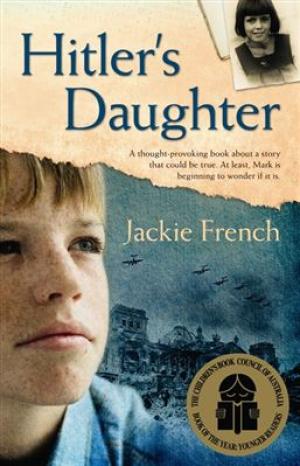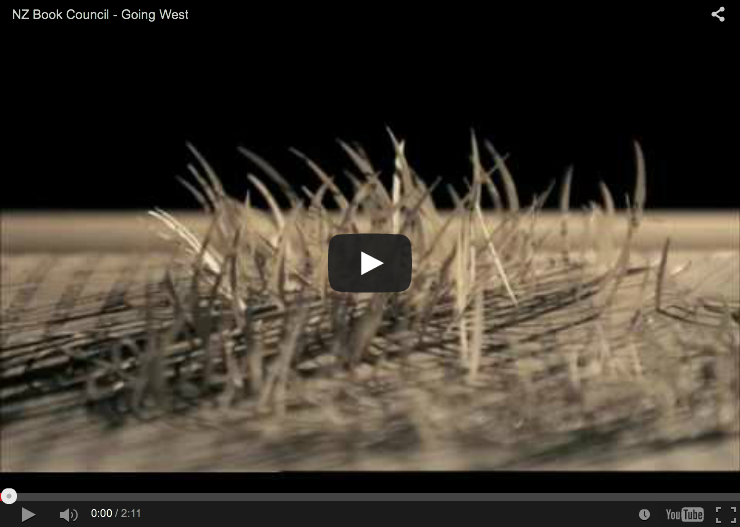All about the process
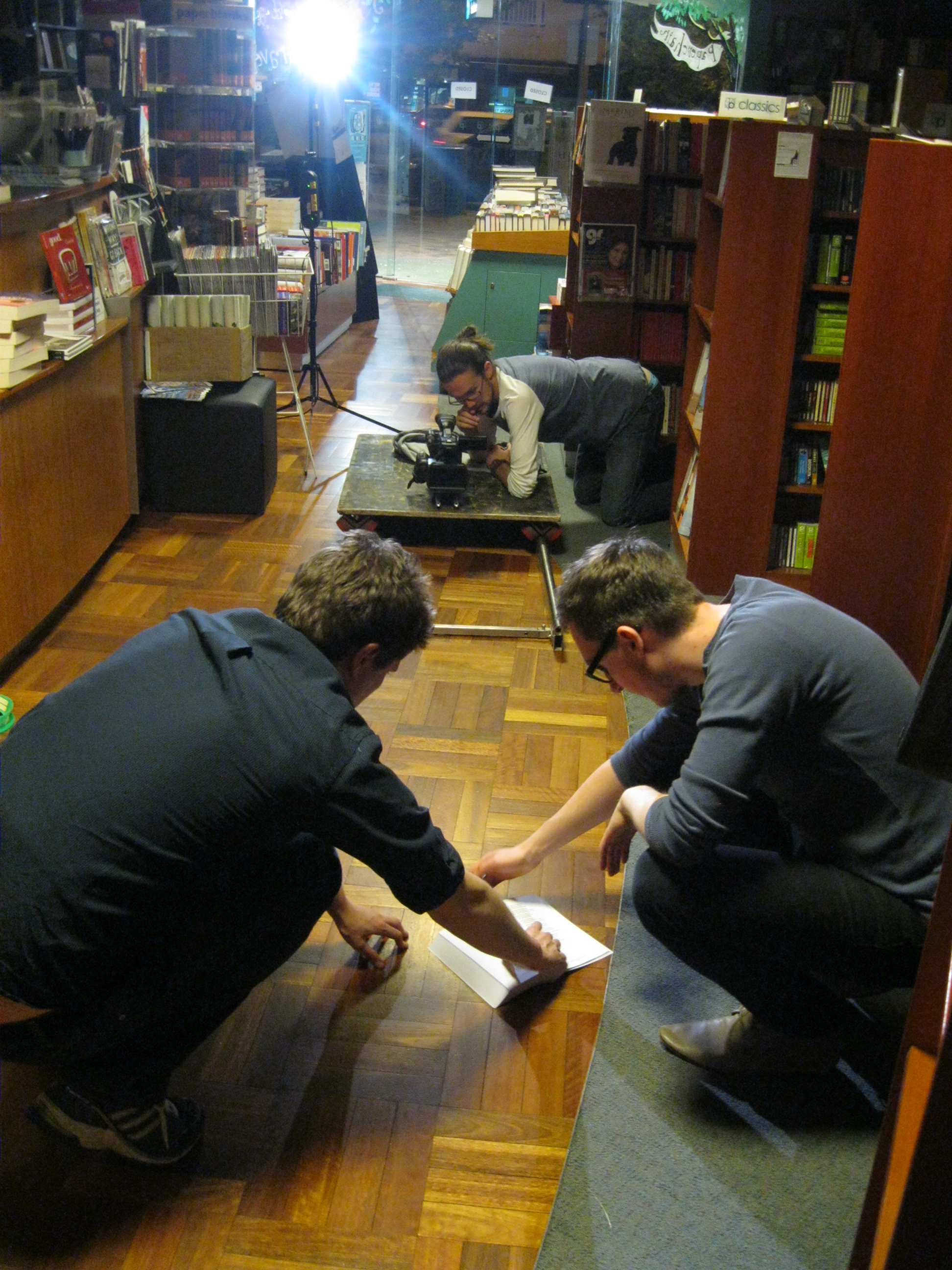 There’s something deeply thrilling about being on a film set. Perhaps it’s because I’m a writer and used to solitary work, but being in the midst of a collaborative creative process, watching something take shape before you, is fascinating. Even more so, when the work in question is a trailer for a book you just happen to have spent three years labouring over. That’s right, I’m talking about James Hunter’s The Invisible Thread trailer.
There’s something deeply thrilling about being on a film set. Perhaps it’s because I’m a writer and used to solitary work, but being in the midst of a collaborative creative process, watching something take shape before you, is fascinating. Even more so, when the work in question is a trailer for a book you just happen to have spent three years labouring over. That’s right, I’m talking about James Hunter’s The Invisible Thread trailer.
I first came to James with some ideas that were deliberately broad in scope. I was looking for a filmmaker with a strong visual aesthetic who would bring a unique vision to the project. He came back to me with a two-page script. It was perfect, and we set about making it happen.
James, his Director of Photography, Michael O’Rourke, and the actor, Chris Delforce, set up in Paperchain after the store closed and worked through to midnight two nights in a row. I was there the first night and I brought along my artistically inclined nine-year-old thinking she’d find the whole experience interesting. She did, but not in the way I’d expected. Faced with unrestricted access to an empty bookshop she immersed herself in books (who wouldn’t, right?). At one point I suggested she come and watch the filming, which she dutifully did for a few minutes, before returning to all those books.
Read More »All about the process
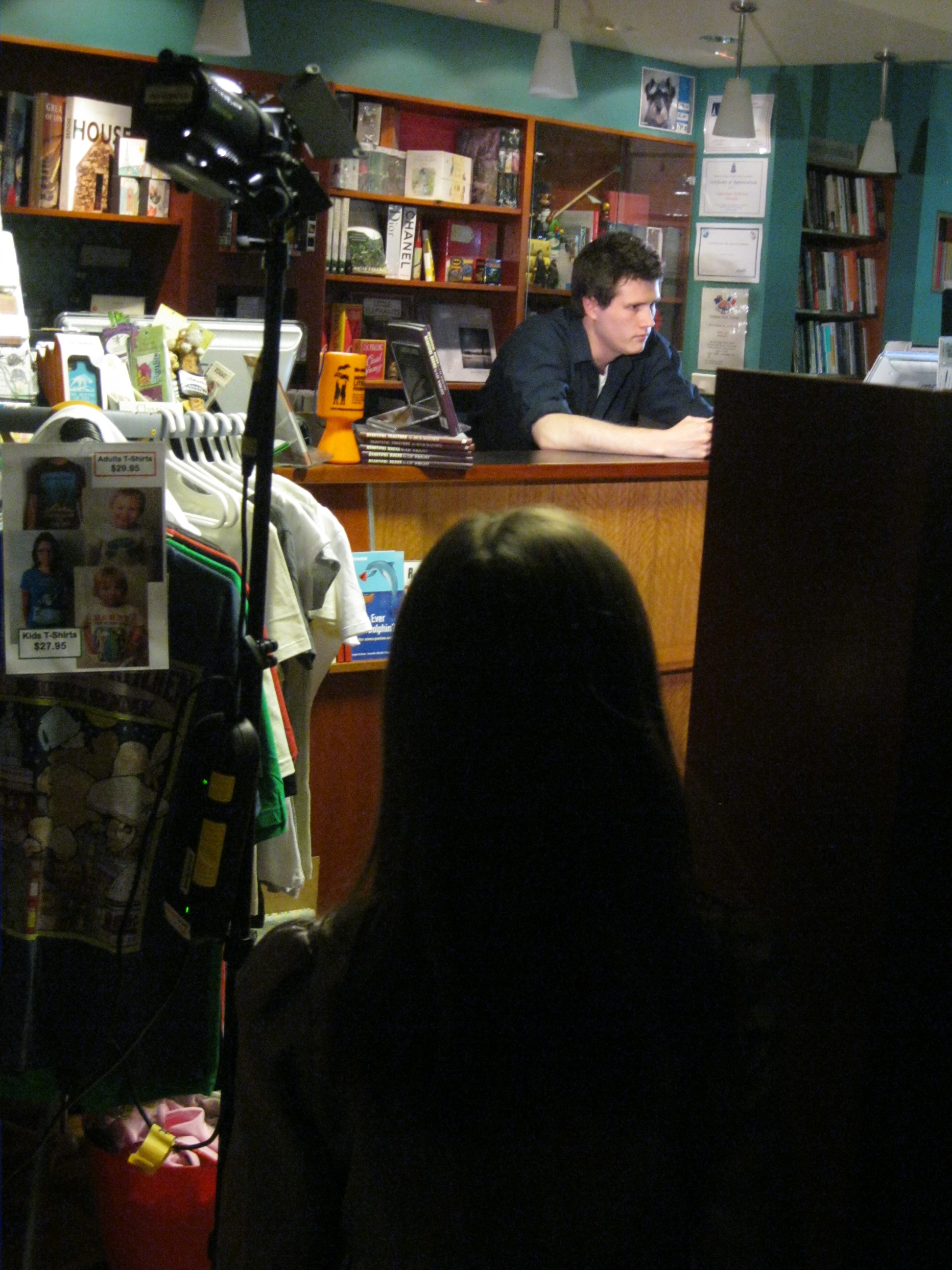
I, on the other hand, enjoyed every minute of the filming, though at one stage I was tugging books attached to fishing wire off the shelves which felt a little bit wrong. Outside, passersby looked in through Paperchain’s glass doors. ‘Bet they’re shocked this is what happens after dark,’ Michael quipped.
As my own signed copy of Marion Halligan’s beautifully designed Shooting the Fox, crashed down in front of me for the third time, pages awry, I had to prevent a groan escaping. I like to think I sacrificed my books for the good of Paperchain*, though I neglected to tell the bookseller, Maxeme, that we weren’t using her stock until the end of the night. Later, I pictured her sitting in her office listening to books committing suicide. Bookseller torture.
As little more than a voyeur, the whole evening was a great deal of fun. My favourite piece of direction from James to Chris went something like, ‘Walk in gingerly. It’s not a Toby Maguire stride.’ Not having seen any of the Spiderman films myself I was perplexed, but James demonstrated a finger-pointing swagger that may or may not have enlightened me.
If you haven’t already watched the trailer it’s about time you did. At the end you may notice that I’m credited as the producer. This still gives rise to a wry smile every time I see it. I have never been entirely clear what a film producer actually does. In this case I coordinated the shoot, organised finances, made arrangements with Paperchain, organised writers to record readings, and threw a few books about. When I was watching a preview and saw the title I’d been assigned I joked to James, ‘Now that’s a trumped up title if ever there was one.’ He assured me that I’d done more than many producers do. So what is that exactly? I’m still not sure. But I had a good time doing it.
* Thankfully the books sustained little physical damage. However long-term psychological damage to the owner may be another matter.





